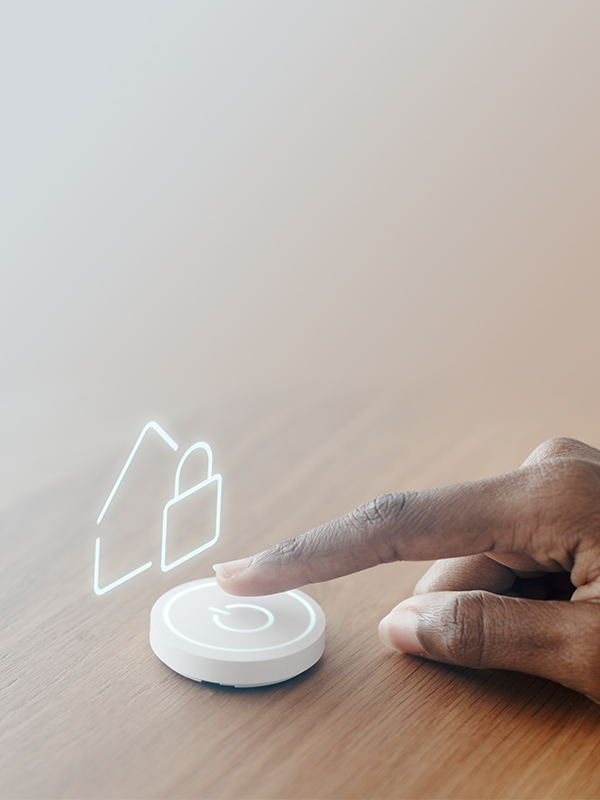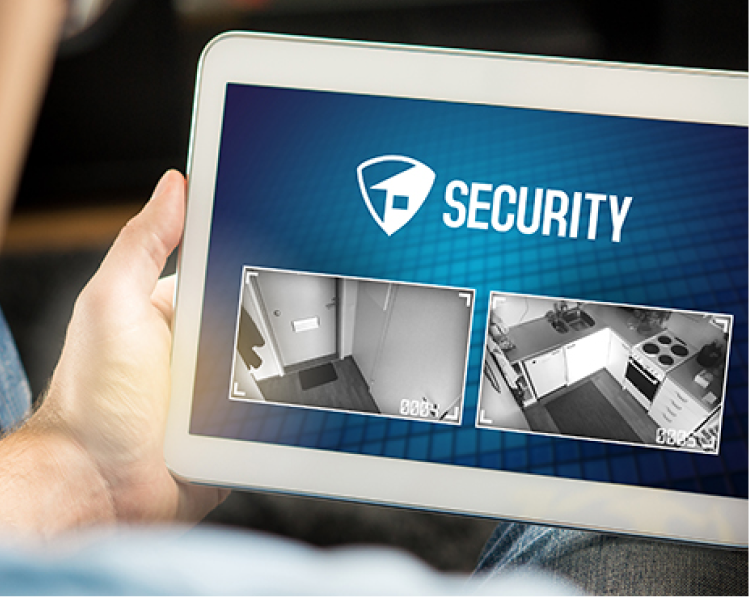Privacy has got even more important in 2020, as because of lockdowns and restrictions we spend more time online than ever before. Our devices are helping us with anything in our daily lives which also means they now know everything about our work, study, friends, training, health, entertainment, communication, shopping, etc. Therefore, it becomes extremely important to make sure your smart home devices do not leak your private data.
Home automation technology is reaching millions of new homes every year. It can make your life significantly more convenient, fun, and secure. But with an increase of internet-based convenience comes an elevated risk of becoming the target of hackers who can steal and misuse your own personal information including your banking details. Moreover, some creeps can take control of your smart cameras or microphones to spy on you, or even record you, and later threaten to publish recordings of your private life unless you send over some bitcoin.
It is not only the camera and microphones to worry about, it is actually all the connected devices such as TVs, thermostats, fridges, robot cleaners, smart cookers, etc. However, do not let it scare you. Following these 3 simple steps, you can keep unwanted visitors away from your devices and out of your house.
1. Set up Your Router Correctly
First of all, your router is like the doorway to your smart home. Make sure this door does not use a publicly available key to any unwanted cyber visitor. Home routers are primary IoT targets for hackers. Creating a safer smart home starts along with your router. It’s what connects all your IoT devices with the Internet and makes them so valuable.
Whatever the name might be – change it. Don’t stick with your router’s default name. Usually, it can be some code about the brand and model. If hackers search this router name online, they might be able to look up the default login and password and get easy access to your smart home network. Better find some new name that does not reveal your address and identity to outsiders.
Similar to the router name, choose a truly unique password for the router. It is best to use a complex password that includes both letters, numbers, and symbols. To come up with some advanced ideas, you could try using a random password generator.
Finally, if possible go for the greatest level of encryption, which currently is WPA2 (WPA3 is simply around the corner). If your current router only supports the WPA or WEP protocols, it might be a good time for an upgrade.
2. Use Super Strong Passwords
In addition to your own Wi-Fi router’s password, there are other areas where you need to ensure you are using super-strong passwords. Different IoT devices require you to download an app (or multiple apps if devices are not integrated) and create an account and sign in to use them. It is important to create unique credentials for each and every IoT device’s account andapp. If the password of one device gets compromised, others still remain intact.
Obviously, it seems a lot of work to remember all these different strong passwords. A good idea would be to either keep a secret journal for your passwords or use a password management tool, which could store unlimited unique passwords, create new ones, and even sync them between various devices.
3. Create a Separate Wi-Fi Network for IoT Devices
If you want to take the security a step further, you can try developing a separate network dedicated to your IoT devices to make your devices extra safe from all kinds of potential threats. There are many routers available out there which supply you the ability to set up a secondary (guest) network. By using this method, your relatives, friends, and neighbors with who you share the wifi, would not be able to access the network that you only save for your smart home devices.
As putting IoT devices on a different network keeps them detached, if hackers do manage to get through, they can’t access any of your more important devices, such as your laptop or smartphone. Having a home in multiple networks can significantly increase overall security. For example, you could create an ‘office’ network with the laptops, NAS, and all the important sensitive parts of your home. And you could create a separate network for ‘Home IoT’, which holds most of the IoT devices. This limits a breach — if one of your IoT devices gets hacked, the hacker may be able to propagate from it to other IoT devices but will not be able to reach your laptop or other sensitive data.”
Seems good, or are you looking for an easier solution?
Following these 3 steps, you can increase your smart home devices’ security significantly and do not need to worry about uninvited virtual visitors in your home. For more ideas and tips check out my older post “How to protect your privacy from smart home threats”.











.png?v=0)